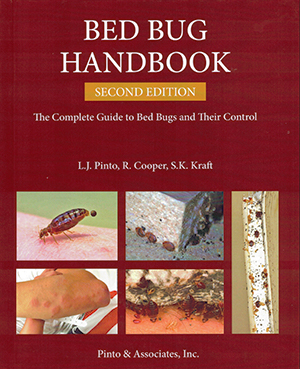How to Make Your Meetings Short, Sweet, and Effective
 |
| Bad meetings drag on and on, bore everyone, and rarely result in constructive action |
| Photo © Lisa Kyle Young/iStockphoto |
Bad meetings seem to be ingrained in our business culture. We all know what a bad meeting is like. It drags on and on, wanders from topic to topic, bores everyone, and results in no decisions. Here are some suggestions to make your meetings short, sweet, and effective:
Make sure a meeting is necessary. Don't hold a meeting simply to have a meeting (the traditional Monday morning "get together"). Specify objectives and tasks. Perhaps the meeting objectives can be reached through e-mail or over the phone, saving time.
Don't always be calling "emergency" meetings. Such meetings are disruptive, and no one knows what to expect.
Hold the meeting in a site that makes everyone feel that important business will be addressed. Have the location accessible and comfortable. Carefully consider who needs to attend. Only invite people who are directly involved or who can contribute. Smaller meetings tend to be more productive. Working meetings, as opposed to training meetings, should never have more than nine attendees. Make sure that everyone knows what will be expected of them at the meeting and whether any preparation is necessary. Make sure the meeting has a clear starting time.
Always have a written agenda, always give the meeting a descriptive title, and include a statement describing what the meeting is designed to accomplish. You may want to consider offering opportunities in advance for participants to help formulate the agenda. If the meeting will cover a number of topics, allocate specific lengths of time for each. Place important topics early in the meeting.
Guidelines for the Meeting Chair
Allow a couple of minutes for informal chatting, but keep it brief.
 |
| Encourage an open debate, but emphasize teamwork, and don't allow unproductive airing of complaints. |
| Photo © arne thaysen/iStockphoto |
Encourage input from everyone present. Offer equal respect to each participant. Use a meeting to establish good relationships between employees, between managers, and between employees and managers. Respect minority voices in a discussion, even if they go against the prevailing views in the company. Encourage an open debate, but emphasize teamwork, and don't allow unproductive airing of complaints.
Don't allow interruptions. Let everyone have their say, but make sure everyone stays on the topic under discussion. Topics that concern only a small number of the meeting's participants should be dealt with separately after the meeting.
If the topic under discussion is controversial, or the discussion is heated, act only as a facilitator, not as a participant. In other words, don't get sucked into the debate, just guide it. If you feel you must participate in the debate, turn over the role of Chair to someone else. If it looks as though no agreement can be reached on a particular topic, move on to another item, postponing the controversial decision to a later time, perhaps at a later meeting. This will give you a chance to investigate one-on-one what the conflicting issues are.
As you conduct the meeting, try and ask questions of participants to clarify their points, and offer comments that stimulate discussions on all sides of an issue. Offer constructive feedback. Try and summarize points of agreement and disagreement, but do not prematurely declare that the group has reached consensus.
Some meetings require written minutes, but most can get by with simple notes. Keep track of decisions, action items and who is responsible for what, and send out a memo to all participants highlighting these items. Provide a summary of assignments. Make sure the memo goes out quickly so that the meeting is still fresh in everyone's mind.

